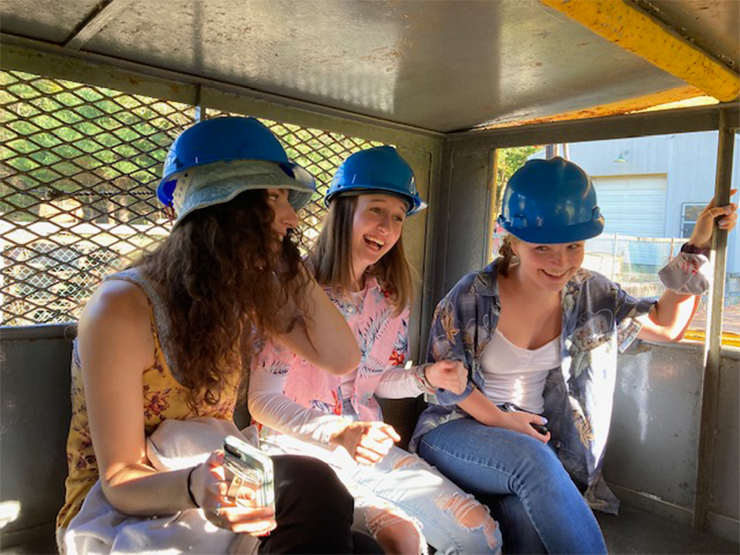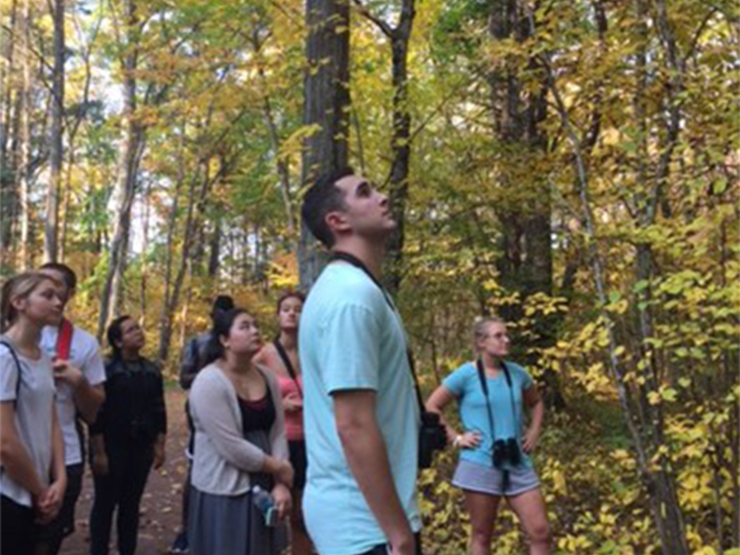
Major Requirements
Find out what course requirements you need to earn a B.S. degree in environmental science from Muhlenberg.
We offer a wide array of courses for environmental science majors and others interested in learning more about Earth’s natural systems. With very few exceptions, our classes are small—10 to 15 students is a typical size—and feature a lot of room for discussions, student presentations, and individualized instruction. Given the breadth of environmental science, courses employ multiple approaches to learning, including classroom instruction, indoor laboratory experiments, and outdoor field studies. One day you could find yourself using a dissecting microscope to assess insect communities collected from soil and the next you will be traveling to an old-growth forest to study biodiversity or a landfill to explore the challenges of waste management. There is a lot to learn, and we take advantage of our modern teaching facilities and location in the Lehigh Valley to make our courses as engaging, exciting, and practical as possible.
The list of our courses we offer is presented below. You should note that, since it is an interdisciplinary major, multiple academic programs and departments contribute to it (to name some, biology, chemistry, economics, history, and political science). Those other courses are included in the lists of major and minor requirements, and full descriptions of them can be found in the catalog under the appropriate department.

Find out what course requirements you need to earn a B.S. degree in environmental science from Muhlenberg.

Find out what course requirements you need to minor in environmental science at Muhlenberg.